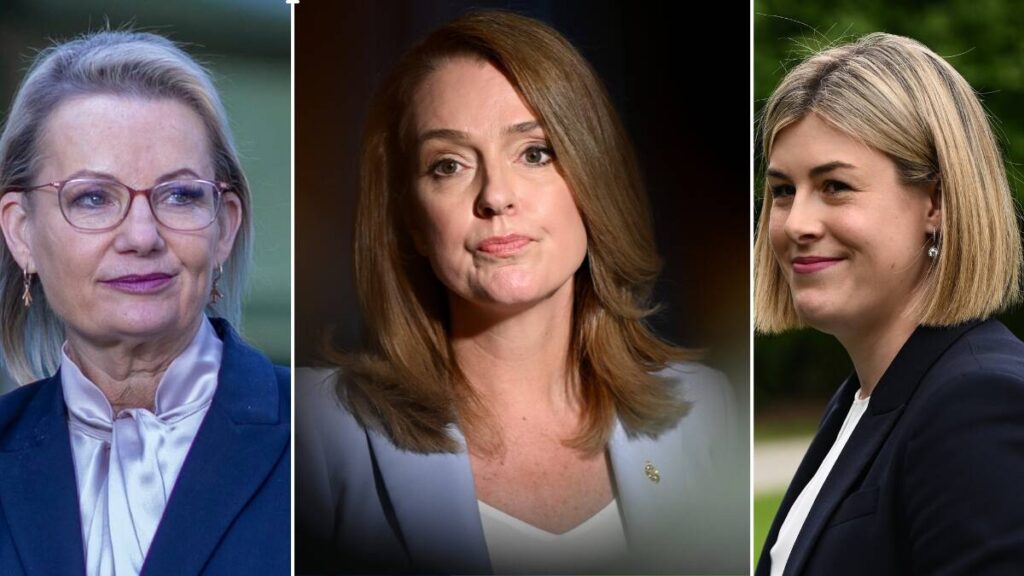
URGENT UPDATE: In a remarkable shift, the Victorian Liberals have elected their first female leader, Jess Wilson, just six months after Sussan Ley became the first woman to hold the federal Liberal Party’s leadership. This groundbreaking moment comes as the party grapples with severe internal challenges and a looming election.
The NSW Liberals have also made headlines with the elevation of Kellie Sloane to leadership, marking a significant move towards gender representation in a party struggling with a “woman problem.” Both Wilson and Sloane are first-term MPs, symbolizing a potential renewal for their parties as they head into critical elections in 2026 and 2027 respectively.
This leadership change couldn’t come at a more pressing time. The Victorian and NSW Liberals face declining support from women voters, particularly among young Australians. Recent polls indicate that young voters aged 18-24 overwhelmingly prefer Labor over the Liberals, with a staggering 70-30 split in favor of the ALP. As the Liberal parties aim to regain relevance, their ability to attract female and young voters is crucial.
Wilson, at just 35 years old, is the youngest opposition leader in Victoria’s history. Her fresh perspective is seen as essential in addressing pressing issues like housing affordability, which resonates strongly with her generation. Wilson has publicly supported key social issues such as the Indigenous Voice to Parliament, climate policy, and marriage equality—positions that align with the values of younger Australians.
However, both parties have a history of a toxic culture that has hindered female representation. Just two months ago, the Victorian Liberals faced backlash when the party’s former director made derogatory remarks about their women’s council. Such incidents highlight the entrenched challenges that Wilson and Sloane will need to confront head-on.
The NSW Liberals, while better off with 43% female representation, have also struggled with internal dynamics. Sloane’s ascension, alongside Natalie Ward as Deputy, marks a significant milestone, yet it comes at a time when the party must address its own cultural issues and declining voter support.
Both leaders now face the daunting task of transforming their parties amid a backdrop of turmoil within the federal Liberal Party, where Ley’s leadership is already facing skepticism just six months in. The question remains whether Wilson and Sloane can navigate these turbulent waters or if they will fall victim to the “glass cliff” phenomenon, where women leaders are placed in precarious positions during crises.
As both parties attempt to rectify longstanding issues related to gender representation and voter engagement, these leadership changes signal a potential shift in strategy. Wilson and Sloane’s appointments could be viewed as a necessary step toward revitalization, but the path ahead is fraught with challenges.
The upcoming elections will be a litmus test for both the Victorian and NSW Liberals. As they strive to reconnect with voters, their ability to foster an inclusive and progressive environment will be critical. Stay tuned for further updates as these developments unfold.






